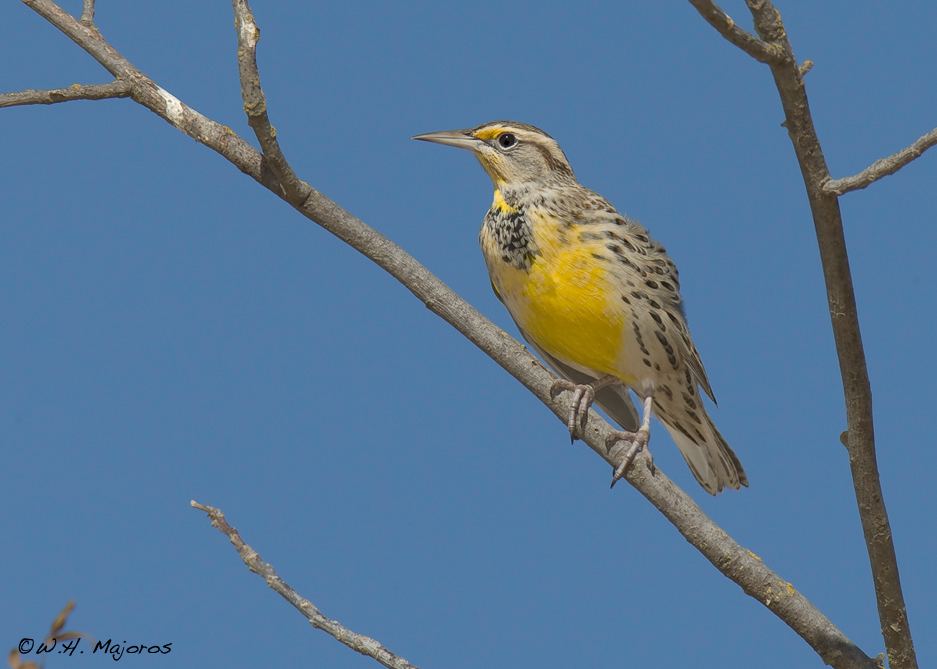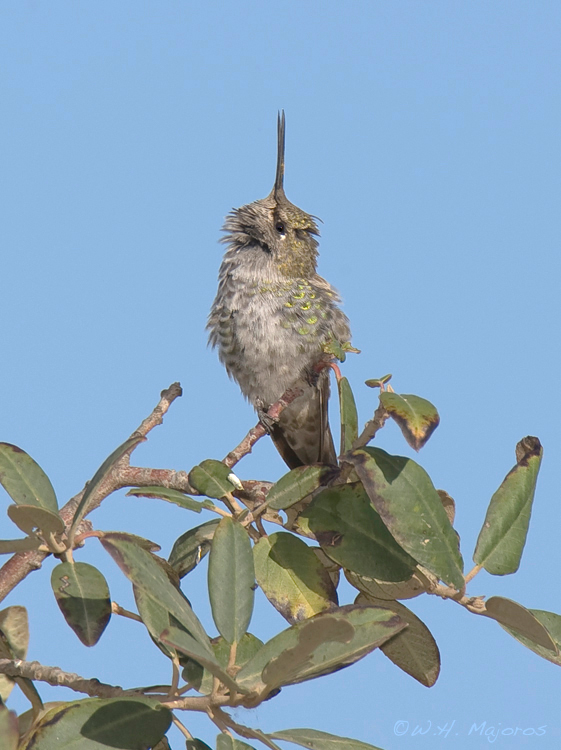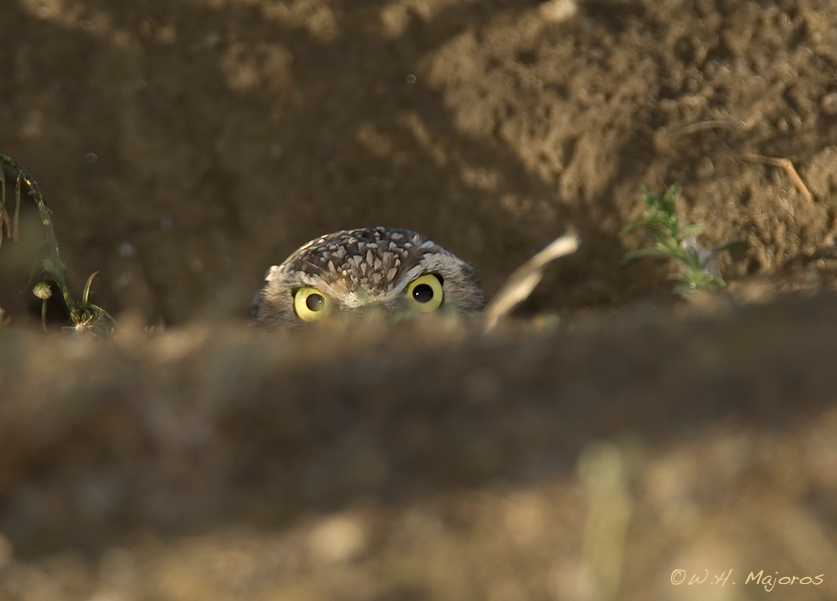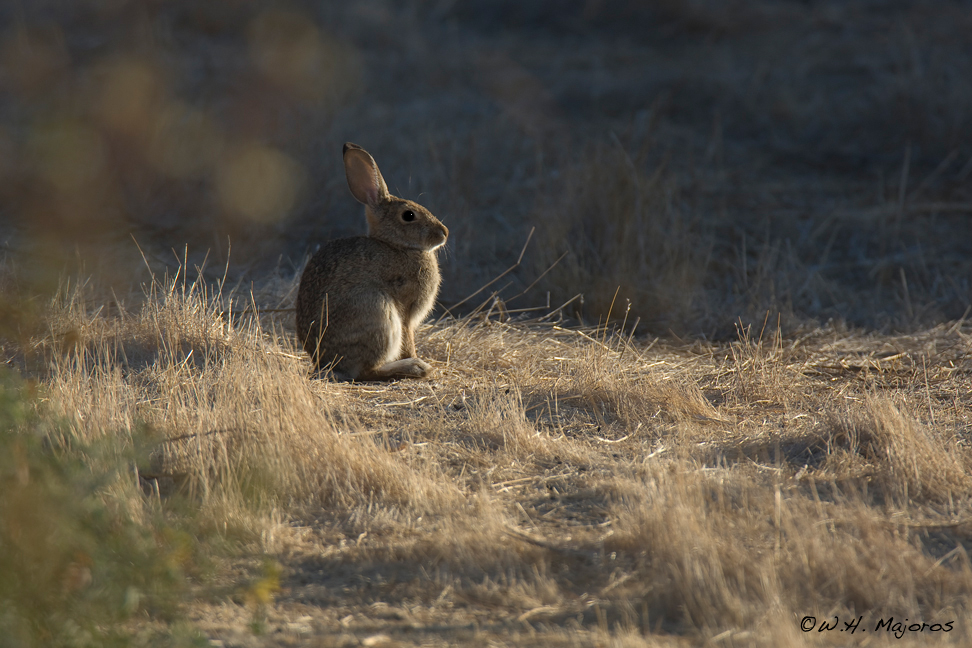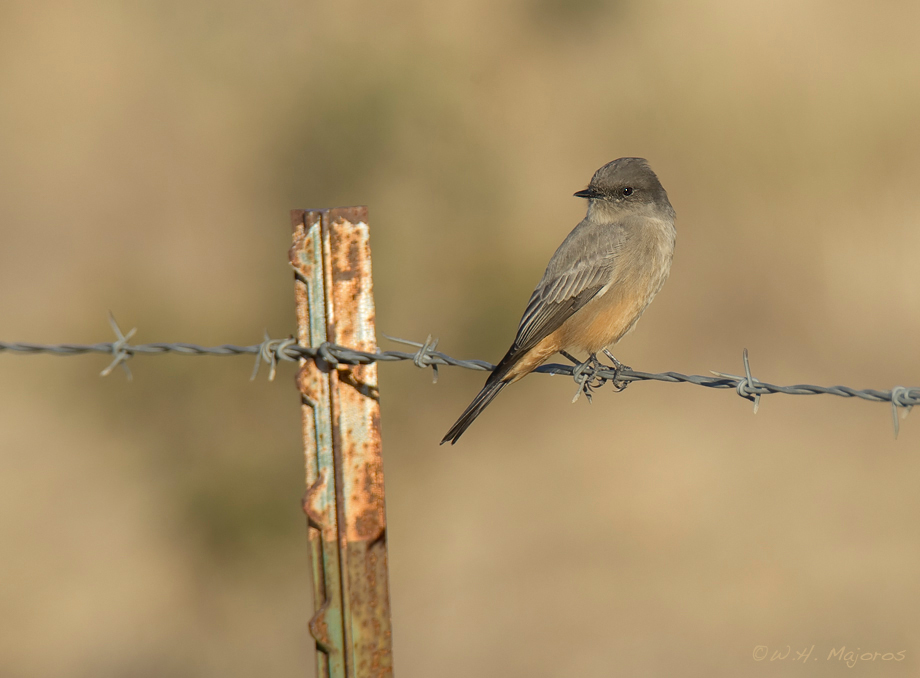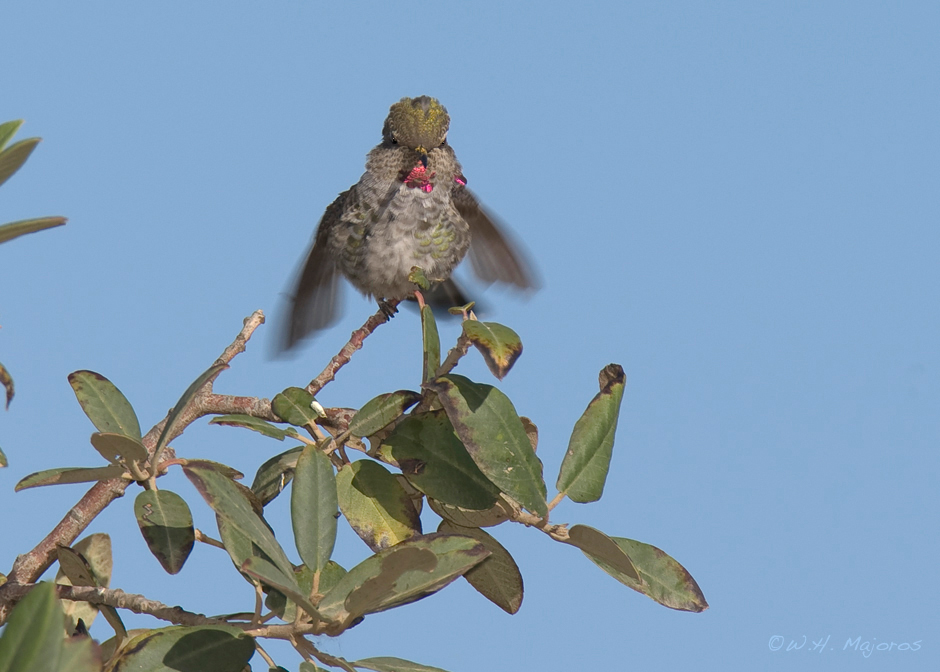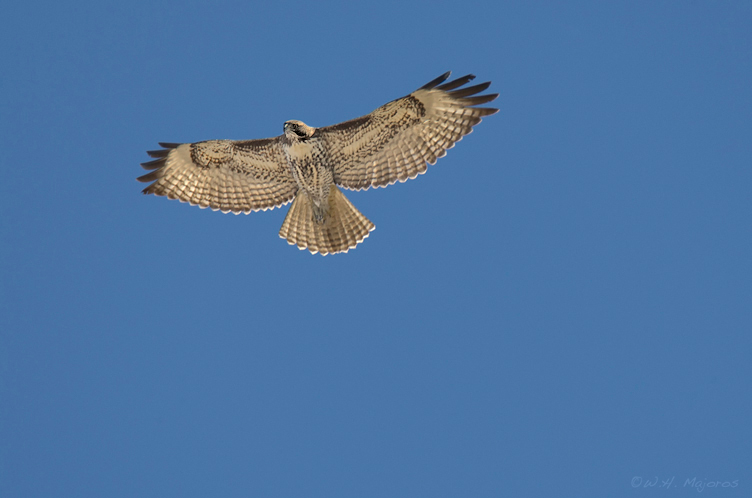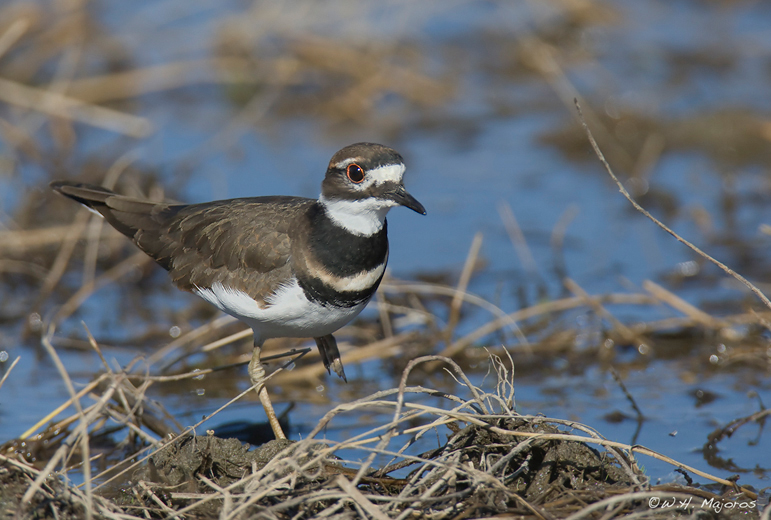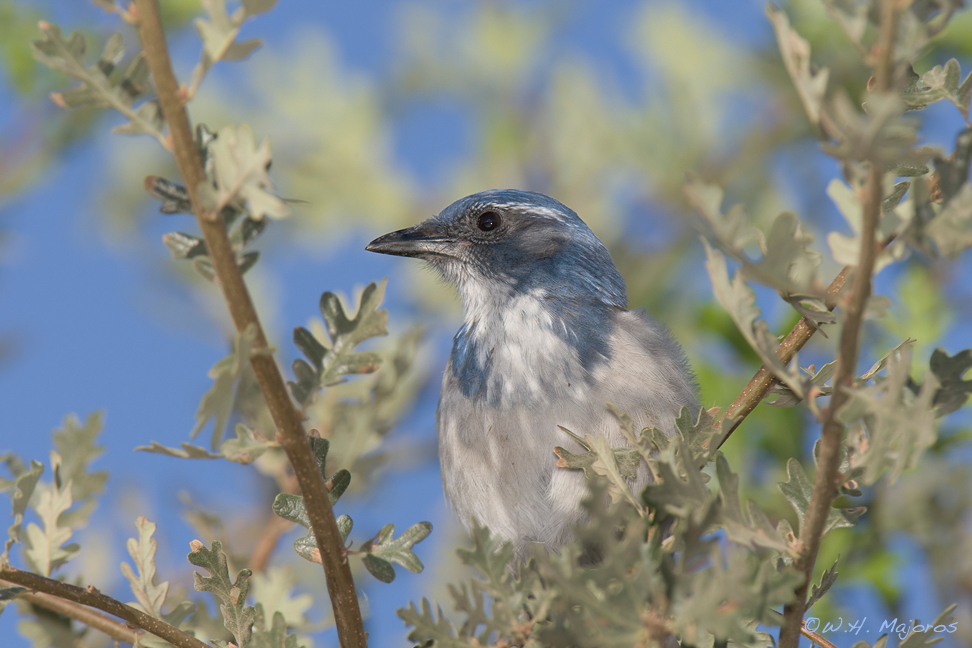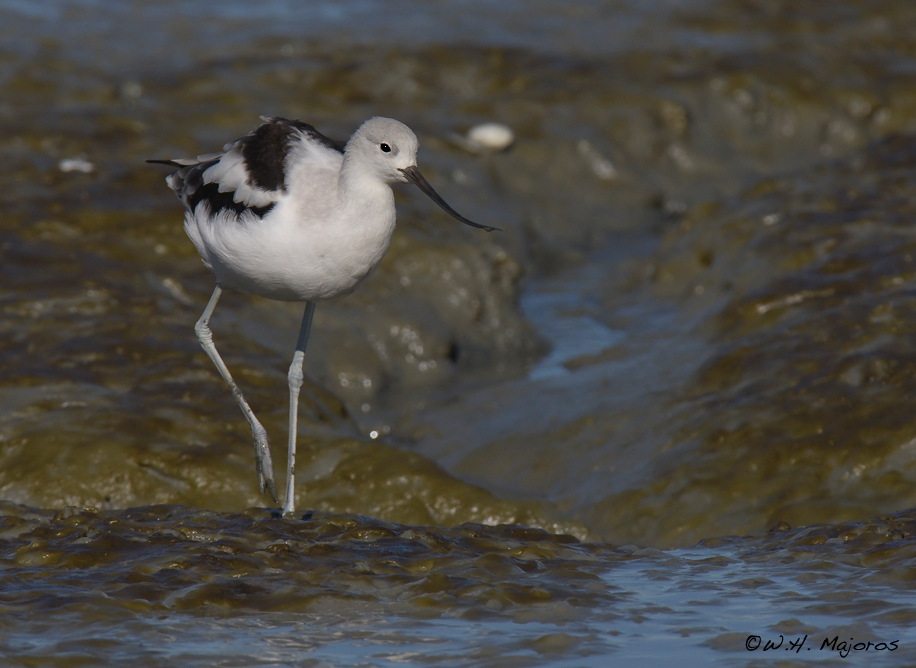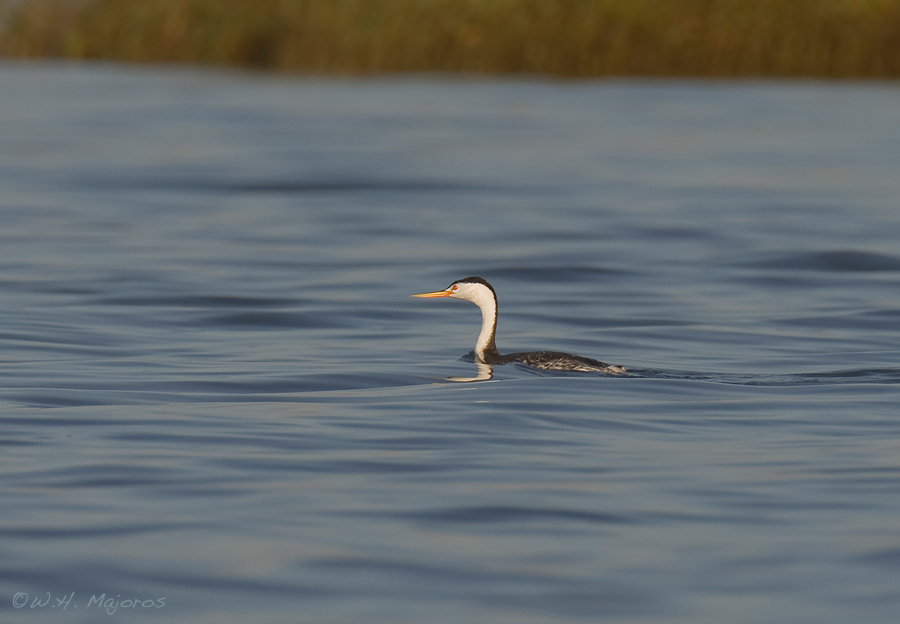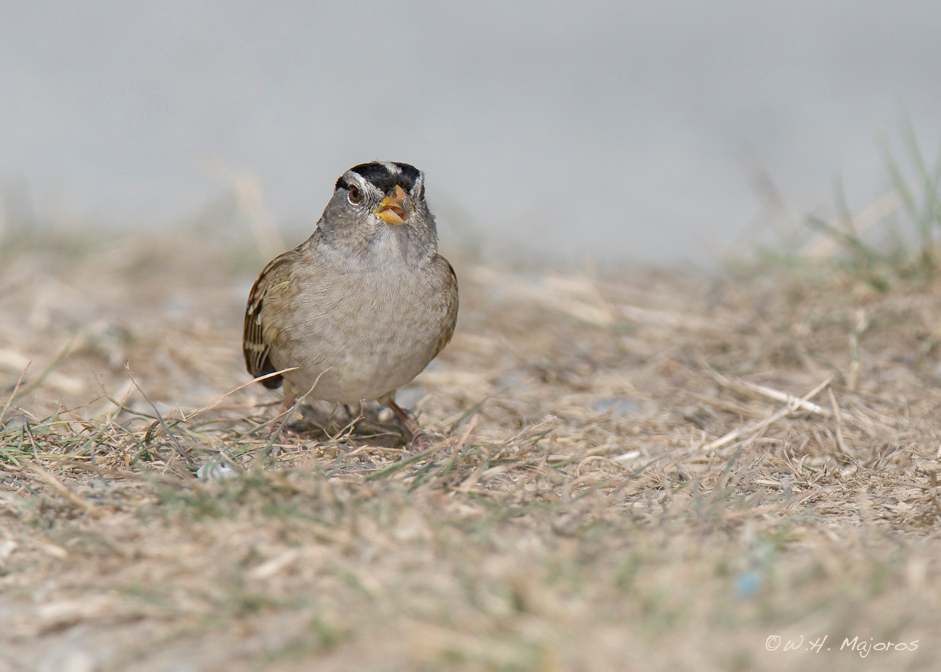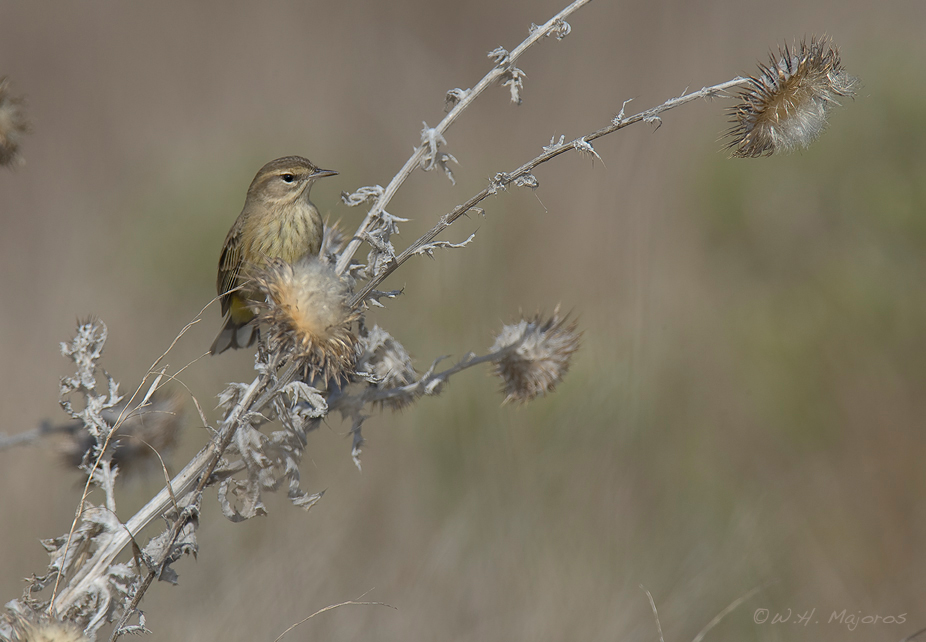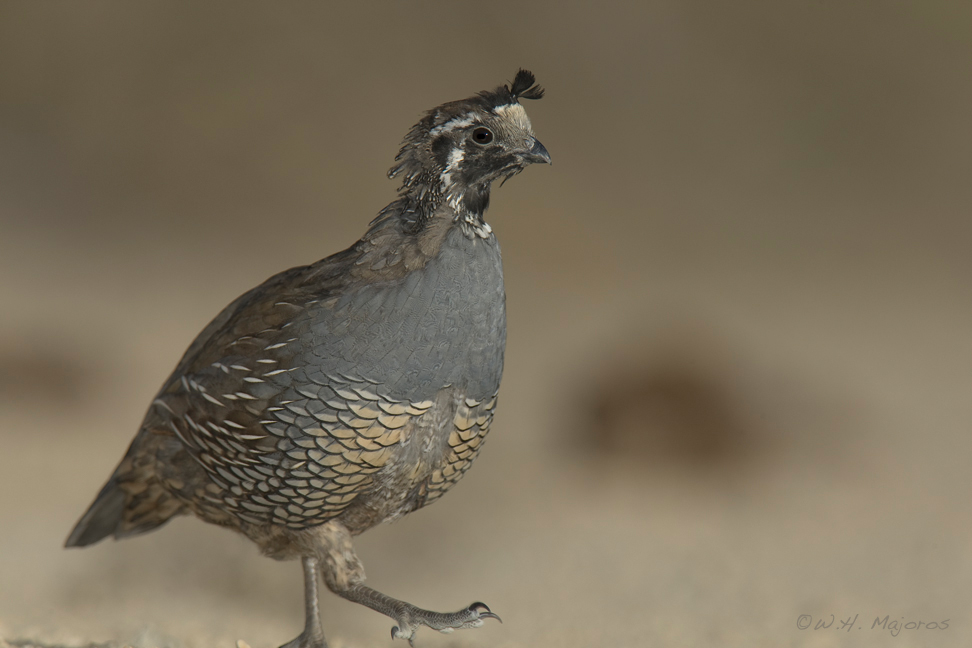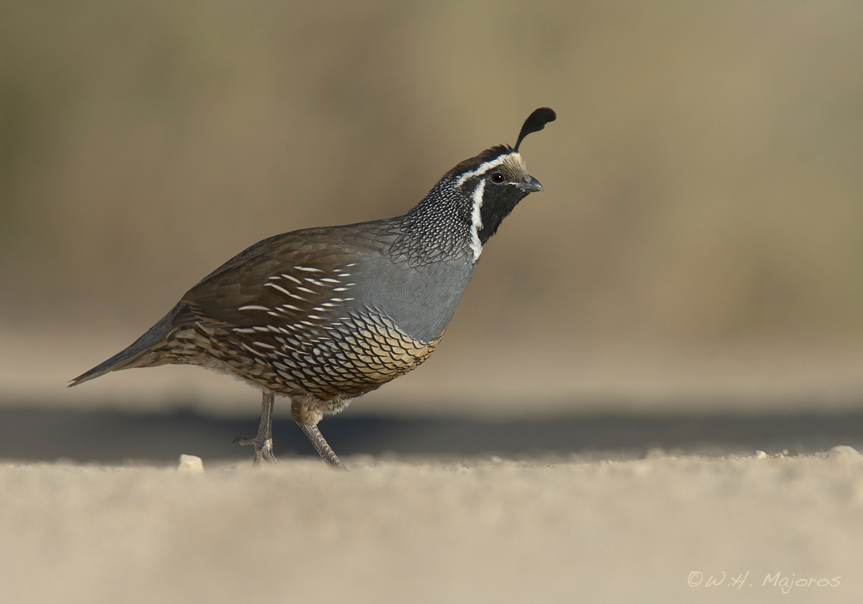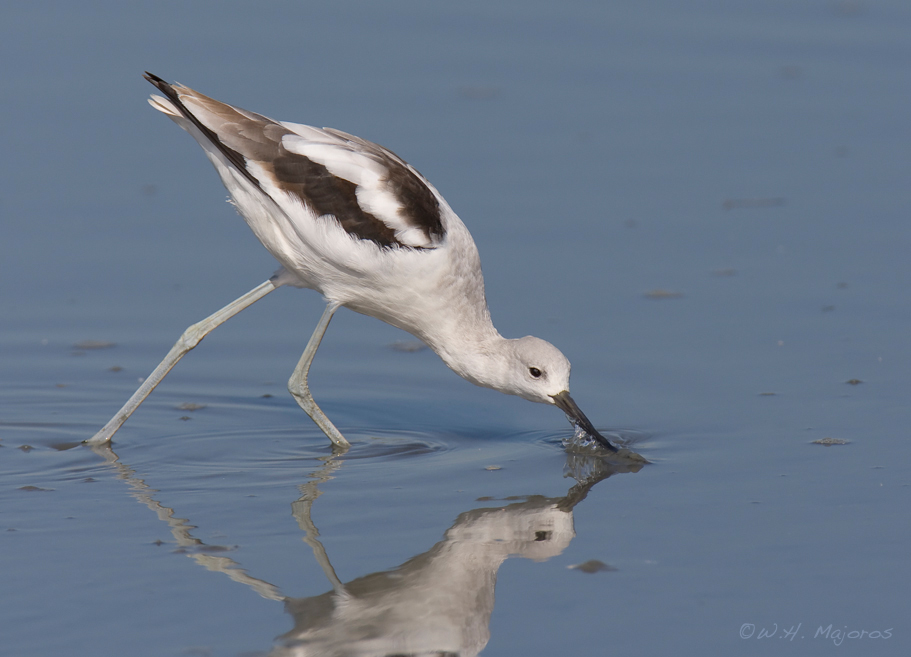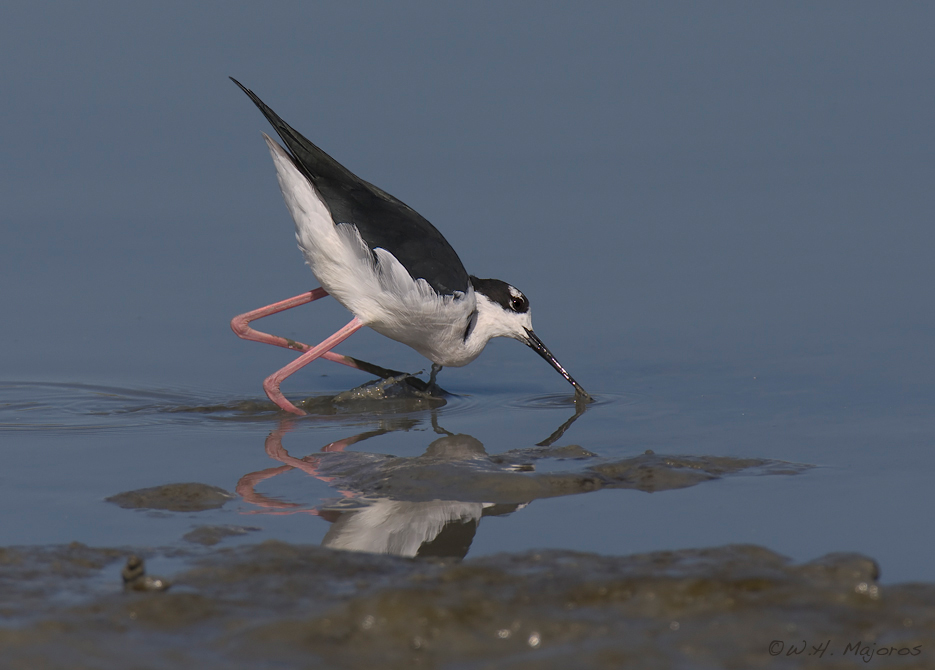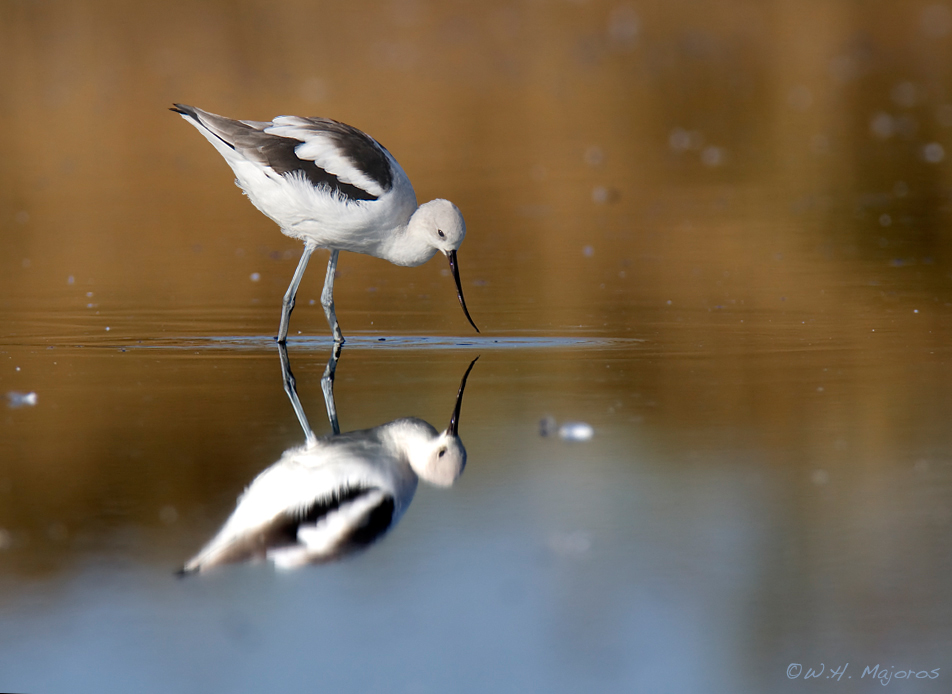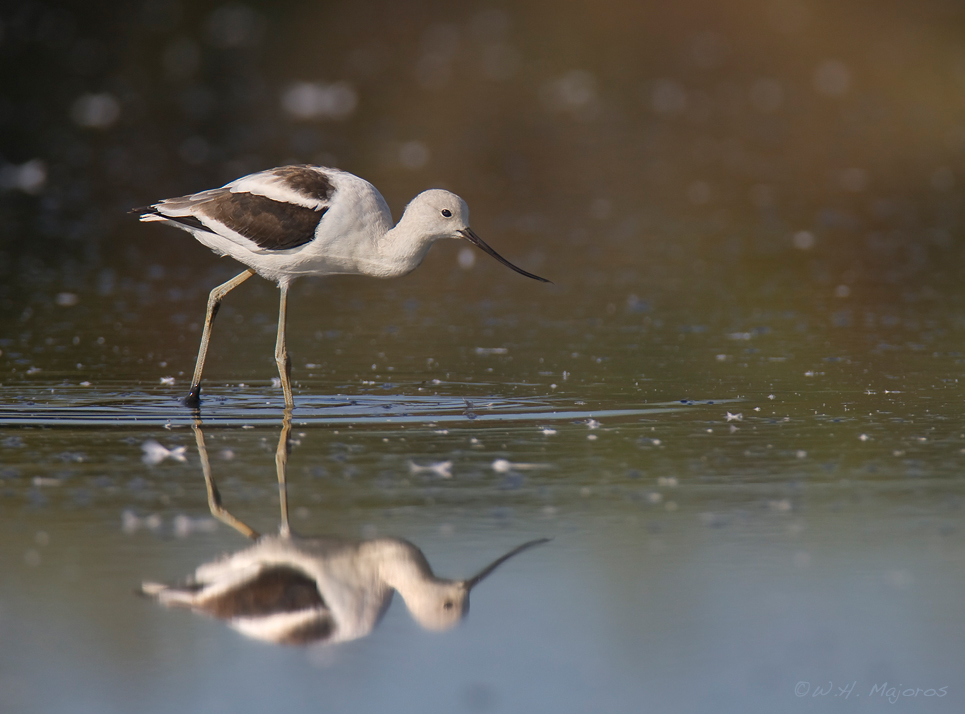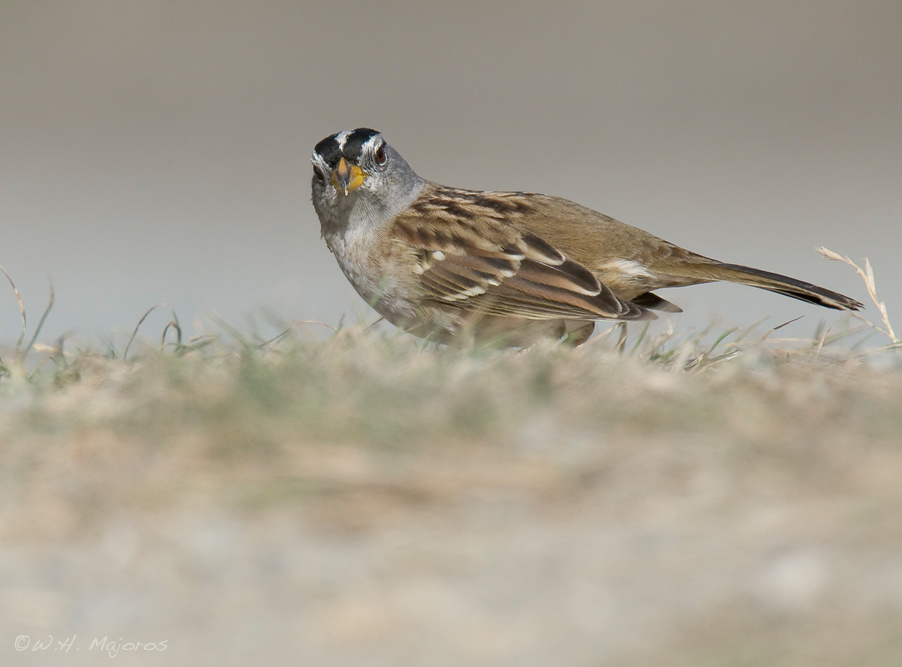San-Fran
Safari 2010!
San Francisco Bay
Area
October, 2010
This is the
blog for my five-day birding trip to the San Francisco bay area in
October, 2010. I have many fond memories of birding this area in
July of 1997 (while attending a conference at Stanford) and again in
June of 2006 (while visiting colleagues at the University of California
at Davis). On my first visit in 1997 I fell in love with the
stilts and avocets at the Palo Alto Baylands, but had only binoculars
with me, and hence couldn’t take any photos to immortalize my birding
experiences. On my 2006 trip to the Sacramento area I brought
along my brand-new 6 megapixel DSLR camera and 80-400mm zoom lens and
took thousands of photos at a number of sites both inland and along the
coast. Unfortunately, the image quality of those photos left much
to be desired. (In fact, they were quite horrible). Hence,
I was again left with only faded memories
in an analog brain. Not ideal.
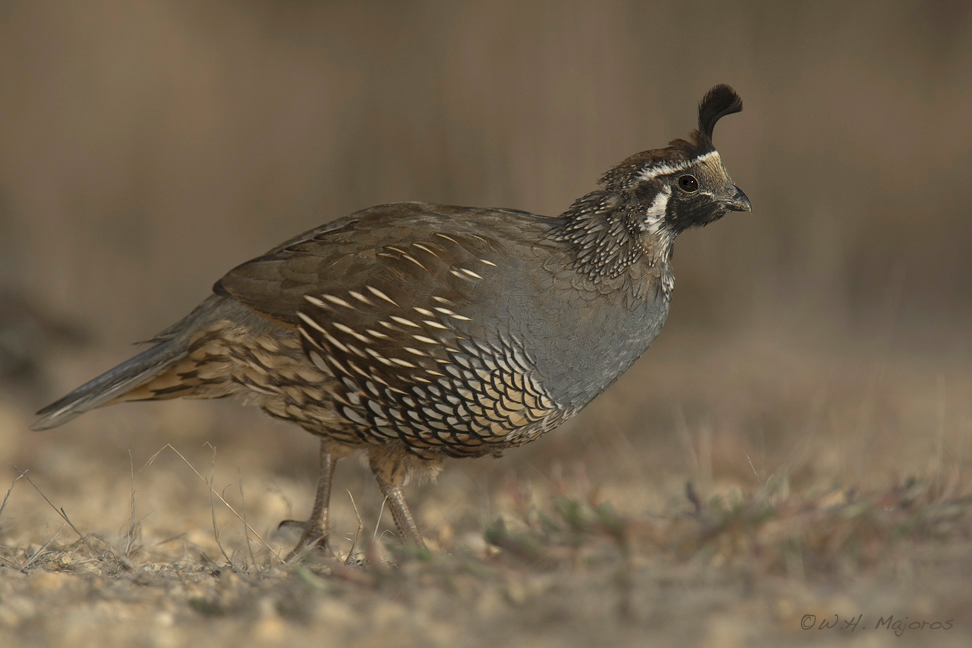
California
Quail (Callipepla californica) at Point Reyes, October 2010
1/300 sec, 840mm, f/9, ISO 100, manual flash
This summer I therefore
decided to
revisit all of the sites that
I birded in those previous two trips combined, but with my new,
top-of-the-line bird photography gear, which consists of several Canon
professional
cameras and lenses (see below for equipment info). My hope was to
capture as many high-quality bird photos at these sites as possible, to
serve as a substitute for the digital images I wish I had been able to take on my
1997 and 2006 trips. Unfortunately, the demands of my day job
kept me from traveling, so I had to wait until October to make the
trip. I wasn’t sure if this would be an ideal time to visit the
bay area for birding, but I didn’t want to wait until next summer and
risk being too busy again.
Western
Meadowlark (Sturnella neglecta) in Davis, CA, 2010
1/300 sec, 840mm, f/11, ISO 200
Now for some
details. I stayed in a tiny town named Dixon (outside Davis,
which is close to
Sacramento) each night and drove my rental car to each of the listed
sites daily. It would have been more economical to stay in hotels
close to each site, but my itinerary changed daily as I
assessed each location for its birdiness and decided which site to
visit
(or re-visit) each day. Note that the traffic around the San
Francisco metropolis can be horrendously painful during rush
hours (much like my old home town of Washington, DC). Also, gas
was quite expensive on this trip: around
Sacramento I paid around $3/gallon, whereas in some of the remote
regions I was gouged to the tune of $3.50/gallon or more; back home it
was only $2.65. Airfare from North Carolina was around $600 plus
baggage fees ($60 each way, plus an overweight charge of $50), tolls
were around $10 per day, parking fees (at the airport and elsewhere)
totalled $76, and park entrance fees totalled $10. I stayed at a
cheap motel, which cost about $60 or $70 per night.
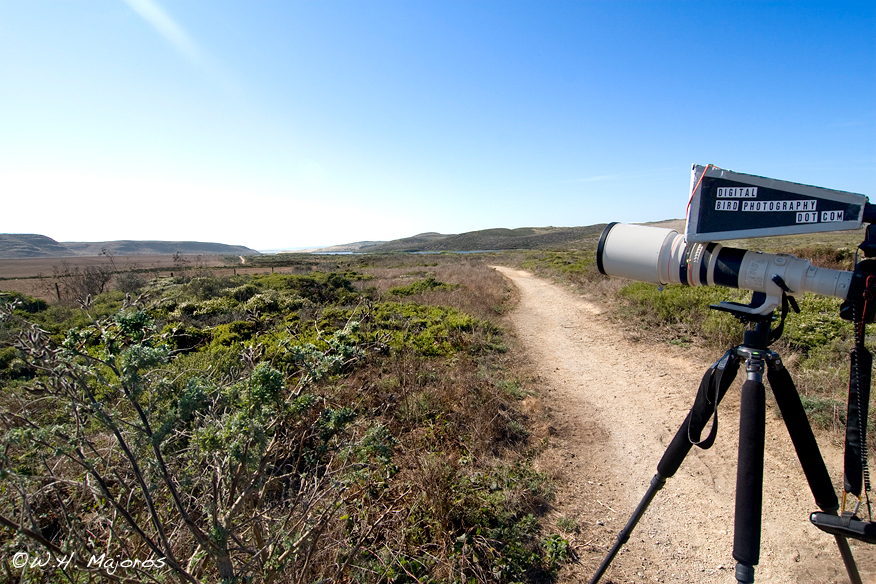
Abbott’s
Lagoon, at Point Reyes
This is not an HDR image, but the apparent dynamic range was enhanced
via the use of manual tone mapping, which you can read about in my book,
"Secrets of Digital Bird Photography", at www.DigitalBirdPhotography.com
In
finding my way around I depended entirely on my iPhone.
Unfortunately, in some of the remote coastal areas there was no cell
reception (though GPS still worked—sometimes). More limiting was
the fact that the cigarette lighter in my
rental car didn’t work, so my iPhone charger didn’t either; by 3pm each
day my iPhone’s battery was totally depleted (I soon found that putting
the phone in “airplane mode” solves this problem).
Anna’s
Hummingbird (Calypte anna) in Davis, CA, 2010
1/300 sec, 840mm, f/9, ISO 125
I took a total of
5171 photos on this trip (though this is before filtering out the
images that were out of focus, poorly exposed, affected by motion blur,
or
otherwise unacceptable for artistic reasons). Based solely on
number of photos taken at each site (normalized by time spent there),
the most productive site was the Palo Alto Baylands, where I took 1626
photos on the first of my two days there—a pretty respectable number
for my shooting style. The least productive
site was Point Reyes, which was exceptionally poor (for the purposes of
close-up bird photography) on both days that I
spent there.
October
10
Wildhorse
Golf Course / Yolo Wildlife Area / UC Davis Arboretum
1149 photos
taken / 10 hours (115 photos per hour)
I decided to begin my photo
safari at the
Wildhorse golf course in Davis (just outside Sacramento), because this
is the site where I had
previously enjoyed—indeed, immensely enjoyed—photographing burrowing
owls in June of 2006.
The owls nest around the periphery of the golf course, and there’s a
jogger/biker trail that borders the strip of land where they
nest. Only a few weeks ago my contact who lives in the adjacent
housing development informed me that there were many owls present at
the site. Unfortunately, in the intervening weeks the juveniles
seem to have
dispersed, and the adults have become a bit reclusive. Most of my
shots were of the variety illustrated below (i.e., a bird gazing at me
cautiously from the entrance to its nest hole):
Burrowing
Owl (Athene cunicularia) at Wildhorse
1/300 sec, 840mm, f/7.1, ISO 250
Rabbits
can be found in abundance in the grassy area where the owls nest, so I
took some shots of those in lieu of the shy owls. In the early
morning the rabbits seem to enjoy sitting motionless facing the sun,
presumably to warm up before they get down to business munching
grass. The cottontail photo
below features a bit of rim-lighting, since the subject was
back-lit. In the past I’ve tended to avoid back-lit subjects
entirely, but I’m finding that rim-lighting can sometimes impart an
interesting mood to the photo, being substantially more contrasty than
a front-lit scene, but less extreme than a full-fledged silhouette shot:
Desert
cottontail (Sylvilagus audubonii) at Wildhorse
1/300 sec, 840mm, f/7.1, ISO 200
Around mid-morning the bird activity picked up quite a bit.
I
found meadowlarks, red-shafted flickers, various sparrows, and a
variety of hawks, including buteos (mainly red-tails), accipiters,
falcons (kestrels), and harriers. Few of these were approachable
enough for a frame-filling shot with the 600mm lens, however, even at
840mm
using the teleconverter. By late morning all activity had
halted, except among the sparrows, hummingbirds, and a few flycatchers.
Say’s Phoebe
(Sayornis saya) at Wildhorse
1/300 sec, 840mm, f/7.1, 160
The hummers
were quite active, striking various interesting poses in the course of
their
vigorous interactions with conspecifics:
Anna’s
Hummingbird (Calypte anna) at Wildhorse
1/300, 840mm, f/9, ISO 125
Around noon I drove to the
Yolo Wildlife Area off route 80 between Davis and Sacramento.
Some Audubon members had suggested this site, indicating that activity
was rapidly picking up among migratory shorebirds. During my 2006
trip in
June it was truly spectacular here. Today it was fairly
awful.
Though there were certainly birds present, most were too far for
frame-filling
photographs. At the far end of the long gravel road (near Parking
Lot G) there were
many hawks working a section of fields, including red-tails and
harriers. Below is one of the red-tails, photographed at 840mm, hand-held
(!).
Because the huge 600mm
lens is a monster to hand-hold,
the images of the hawks turned out a bit blurry, and were mostly
back-lit. But that was the best I could do at the time, since
grabbing the tripod from the trunk and assembling it would have wasted
precious seconds (and it can’t point straight up).
Red-tailed Hawk
(Buteo jamaicensis) at the Yolo Wildlife Area
1/640 sec, 840mm (hand-held), f/7.1, ISO 500
Most of the pools at this
site were bone-dry, though some are managed to maintain a minimal water
level for the benefit of the birds. With a fair amount of effort
I was able to photograph a greater yellowlegs, a few killdeers, a pair
of
northern shovelers, and some coots—all species I could easily
photograph back home in North
Carolina. The waterfowl here were extremely shy, perhaps due to
the fact that hunting does occur here (or nearby) at certain times of
the
year. I had the most luck when shooting from within the car, by
resting the 600mm lens on the window sill. The only problem with
that is that my flash unit doesn’t fit in the window (especially with
my enormous flash
extender).
Killdeer
(Charadrius vociferus) at the Yolo Wildlife Area
1/2500 sec, 840mm, f/7.1, ISO 800
In the late afternoon I
decided to hit the UC Davis campus, in search of scrub jays and
magpies. I
paid the $6 for parking and walked around the arboretum. I saw
no magpies, and the scrub jays were very hard to lure into the open,
though I did eventually get one very reluctant individual to pose for
about five minutes. The use of strong flash was necessary due to
the dark shadows cast by the foliage:
Western Scrub
Jay (Aphelocoma californica) at UC Davis
1/300 sec, 840mm, f/9, ISO 160
I had also wanted to shoot
the night herons I’d seen here in 2006, but apparently they’ve been
officially discouraged from congregating in the arboretum, due to their
effect on the health of the trees (the excrement from large heron
flocks can, over the long term, kill entire groves of trees). In
the pond at the
arboretum I found several types of waterfowl, including cormorants,
mallards, and wood ducks. The pond is small enough that it’s
sometimes possible to find an angle in which the foliage on the far
side reflects in the water, adding some nice color. This is a
trick I often use at Duke Gardens back in North Carolina, though I
prefer to do it when the leaves are changing color in the fall so that
the reflected colors include more than just shades of green (as below).
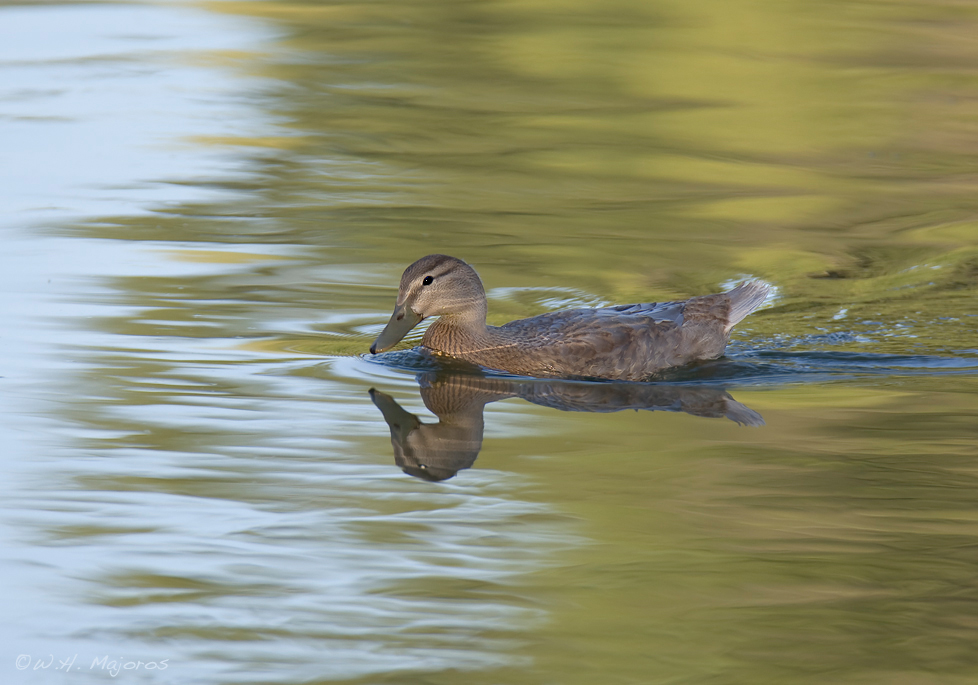
Mallard
(Anas platyrhynchus) at UC Davis
1/300 sec, 840mm, f/7.1, ISO 500
October
11
Palo Alto Baylands
1626 photos taken / 8.5 hours (191
photos per hour)
Today I decided to go straight
to the Palo Alto Baylands, since this was one of my favorite birding
locations during my 1997 visit. The baylands are located at the
southwest corner of the San Francisco bay. They feature wide-open
spaces punctuated by shallow pools that long-legged waders frequent
during the high-to-low tide transition. It’s quite literally one
of the best birding locations I’ve ever visited.
Just One
Section of the Palo Alto Baylands
(Look closely and you can see some stilts at left)
Canon 30D + Tokina 12-24mm zoom
Manually tone-mapped in Photoshop
1/80
sec, 24mm, f/8, ISO 125
I arrived at the Baylands as the tide was going out and the
birds were starting to
actively forage in the shallow water. My main focus here was in
shooting the black-necked stilts and american avocets. Both of
these birds feature both bright whites and dark blacks in their
plumage, which severely complicates exposure (since I then have to
choose whether to sacrifice details in the bright areas or the dark
areas). I opted to expose
for the whites and therefore sacrifice detail in the blacks. Note
that the
avocets were in their white winter plumage, which I personally like as
much as the red breeding phase. In the photo below you can see
that at low tide even the mud at the Baylands looks interesting:
American Avocet
(Recurvirostra americana) at the Palo Alto Baylands
Notice the unsightly underbelly shadow, due to lack of fill flash.
1/2000 sec, 840mm, f/11, ISO 800, no flash
Notice in the above photo
that the bird’s ventral side is hidden in shadow, due to the lack of
fill flash. When this photo was shot I was primarily concerned
with freezing the quick foraging motions of the birds, and had
therefore turned off the flash so I could increase the shutter speed
above the flash-sync speed of my camera (1/300 sec). Later on
this trip I’ll revisit this decision by engaging high-speed sync mode (HSS) and
cranking up the flash to maximum power to overcome the loss of flash
intensity in HSS mode.
Below is an example of a
stilt shot in which I was able to retain a fair amount of detail in
both the whites and blacks; though I exposed for the whites, the bright
sunlight induced enough feather glare in the blacks to result in a fair
amount of visible detail. In this case I also separated out the
black parts of the bird’s plumage in Photoshop and boosted their
brightness
to further bring out the detail in those regions:
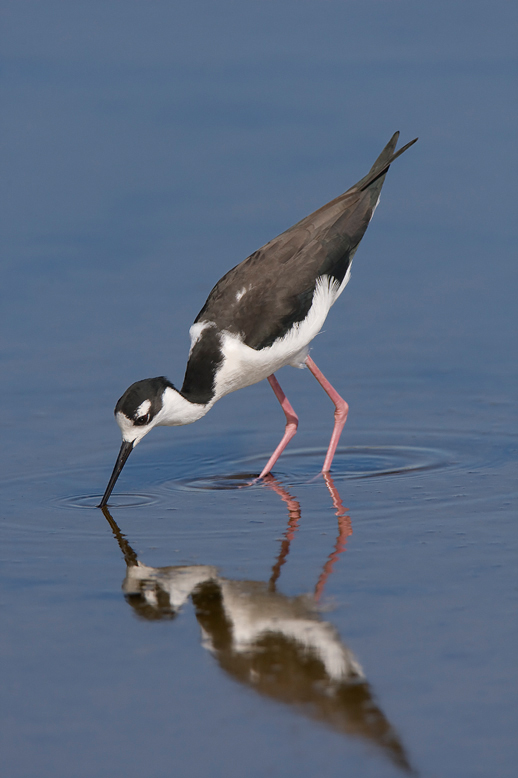
Black-necked
Stilt (Himantopus mexicanus) at the Baylands
1/1600, 840mm, f/8, ISO 320
Other birds sighted here
included willets, marbled godwits, gulls, shovelers, mallards, a single
white pelican (though no brown pelicans), and a possible long-billed
curlew. Unfortunately, the terns seem to have migrated
already—they were very cool to watch here in 1997. By late
afternoon most of the foraging activity had
halted entirely. A few stilts foraged for a bit in the small pool
next to the parking lot, but they soon retired to the back of the pool
to
preen or sleep.
Before leaving for the day I checked out the far end of the main road,
which I’d pretty much avoided during my 1997 trip. I was very
happy to find a pair of Clark's grebes, though I wasn’t able to get any
frame-filling images of either, due to the extreme distance (below is a
heavily cropped image of one of the birds from far off):
Clark's Grebe
(Aechmophorus clarkii) at the Baylands
Heavily-cropped image from a 10 MP camera.
1/300, 840mm, f/10, ISO 100
October
12
Point Reyes National Seashore
687 photos taken / 9 hours (76 photos
per hour)
During my 2006 trip I had mixed
success in finding birds at the Point Reyes National Seashore. I
decided to give the site a try during this trip, primarily because
other birders had recommended it, and because I recalled getting some
exceptionally nice views of harriers gliding around at Abbott’s Lagoon
in the morning mist.
Unfortunately, Point Reyes park is enormous and the birding hotspots
tend to be
fairly spaced out. Hence, most of the 9 hours “in the field” here
were actually spent driving either between locations within the park,
or between Point Reyes and Bodega Bay (an hour north of Point
Reyes).
White-crowned
Sparrow (Zonotrichia leucophrys) at Limantour
1/1600 sec, 840mm, f/10, ISO 640
Most of the sites I visited today were either devoid of birds
(other
than assorted common sparrows or great blue herons, which I can
photograph to my heart’s content back home) or featured birds that were
far
too distant for frame-filling shots. The saving grace in many
cases was the delectable backgrounds that one can find in many of
California’s open spaces, as this photo illustrates:
Palm warbler
(Dendroica palmarum) at
Abbott’s Lagoon, Point Reyes
1/300, 840mm, f/10, ISO 160
A bit frustrated by the scant offerings at Point Reyes, I decided to
gamble on making the hour-long trip to Bodega Bay, which several
birders had heartily recommended. The first site I encountered on
the highway was the local park at the south end of the bay, which
charges an entrance fee. The ranger at the booth indicated the
park was indeed very popular with birders. Unfortunately, when I
arrived the birds were mostly preening and napping (I believe the tide
was fairly high at that point):
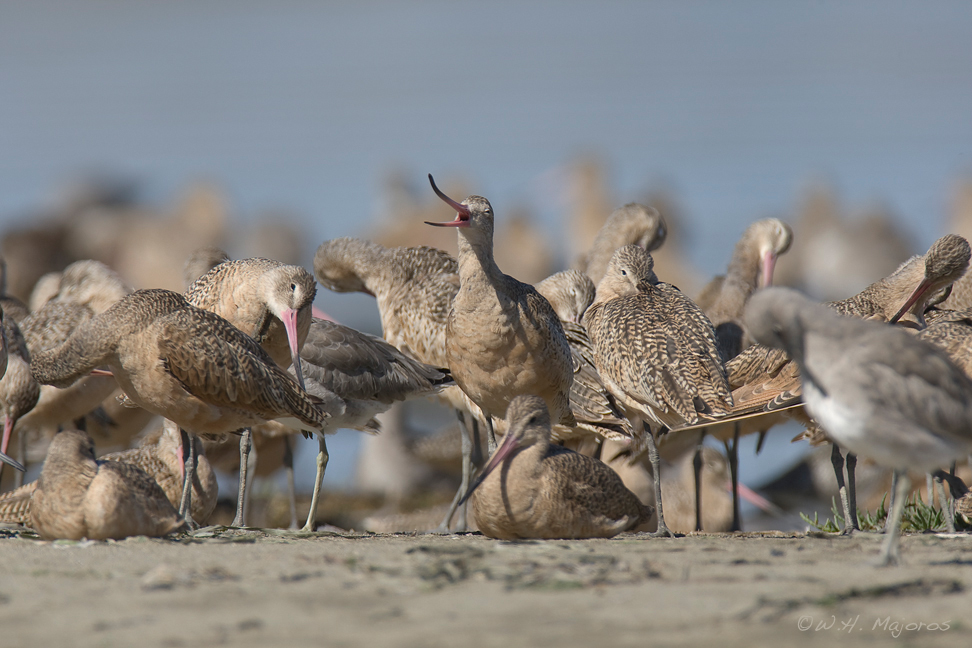
Marbled Godwits
and Willets at Bodega Bay
1/800, 840mm, f/8, ISO 250
From the highway that runs along the eastern edge of the bay I was able
to find
some oystercatchers perching on several high promontories far out from
the
road, but little else bearing feathers was visible. So far I
wasn’t terribly impressed with Bodega Bay at high tide, so I quickly
navigated the curvy, mountainous roads back to Point Reyes with as much care and speed as I
could.
Back at Point Reyes, I did spot a black-shouldered kite at
Abbott’s Lagoon—about a mile distant, and obviously too far for useful
photographs. At Limantour (still within
Point Reyes) I finally got some decent photos for the day. I was
lucky enough to stumble upon a flock of
quails on the sandy path that parallels the beach, and I happily worked
them for
over an hour. By lying on my belly I was both able to put them at
ease and also get a nice angle, resulting in a series of images showing
the
bird at eye-level:
California
Quail at Limantour
1/300, 840mm, f/9, ISO 100
In time these birds got so
used to my presence that they walked up to within 2
feet of me. Speaking to them in a low, soothing voice seemed to
help, as they approached further whenever I spoke to them (which is not
what many other birds will do).
The trail is only 1-to-2 feet wide in most places, and as I lay along
one edge of the
trail, they quickly scooted along the other edge, just one or two feet
from me. These birds are very fun to photograph! Just
hanging out with them for an hour was a real treat for me.
California
Quail
1/300 sec, 840mm, f/9, ISO 100
October
13
Palo Alto Baylands / Don Edwards Refuge / Bayfront Park / Coyote
Hills
1282 photos taken / 8.5 hours
(151 photos per hour)
Being less than satisfied with
Point Reyes yesterday (notwithstanding the great time I had shooting
the quails), I decided to return to the Palo Alto Baylands today.
The traffic this morning was horrendous, so it ended up taking 3 hours
to get there from Dixon. Fortunately, the tides worked to my
favor this morning.
My goal today was to try to get some sharper images of the birds than
what I had gotten two days ago. The problem is that I like to use
strong flash, but shooting at my camera’s sync speed
(1/300 sec) leaves too much room for motion blur to occur with
frantically foraging birds. I decided to try using high speed
synch (HSS) on these birds with full flash power (1/1). I rarely
use HSS, because it severely reduces effective flash output when
shooting at high speeds. I decided to try
a compromise of 1/1600 sec (which is only moderately fast) with full
flash power. Using the flash at full power risks burning out the
flash head, and slows the recharge rate of the flash’s capacitors. My results from
today show that HSS can work well with close subjects and moderate
shutter speeds (recall that flash intensity
falls off quadratically with distance). For birds further out
I simply turned off the flash entirely. Notice in this avocet
image below that the underside of the bird is fairly well-lit (due
partly to flash and partly to sunlight reflecting up from the water),
in contrast to the avocet photo from my blog entry two days ago:
American Avocet
at the Baylands
1/1600, 840mm, f/8, ISO 320, HSS flash at full power
In mid-afternoon I turned
off the cameras and just watched the birds for a while through my
Swarovski 8x32 binoculars. The color and lighting at the Baylands
are so exquisite that just watching the birds through a wide-angle
binocular is sheer joy. No mere photo can substitute for that
firsthand experience!
Black-necked
Stilt at the Baylands
1/1600, 840mm, f/8, ISO 400
In the late afternoon I
crossed the route 84 bridge that spans the bay to reach Coyote Hills
Regional Park and the Don Edwards National Wildlife Refuge (both on the
outskirts of Fremont). Before crossing the bridge I stopped
briefly at Bayfront Park. There
were a few birds here, but the lighting was harsh and people were
swarming
all over like ants, so I continued over the bridge. Coyote Hills
cost me $5 to enter and I didn’t
even get out of my car. Don Edwards, however, was more
productive. I
instantly recognized this site from my 1997 trip. Because it was
getting late in the day and I was tired, I mostly stayed
in the parking lot area and chased around the pair of western scrub
jays that were collecting nuts.
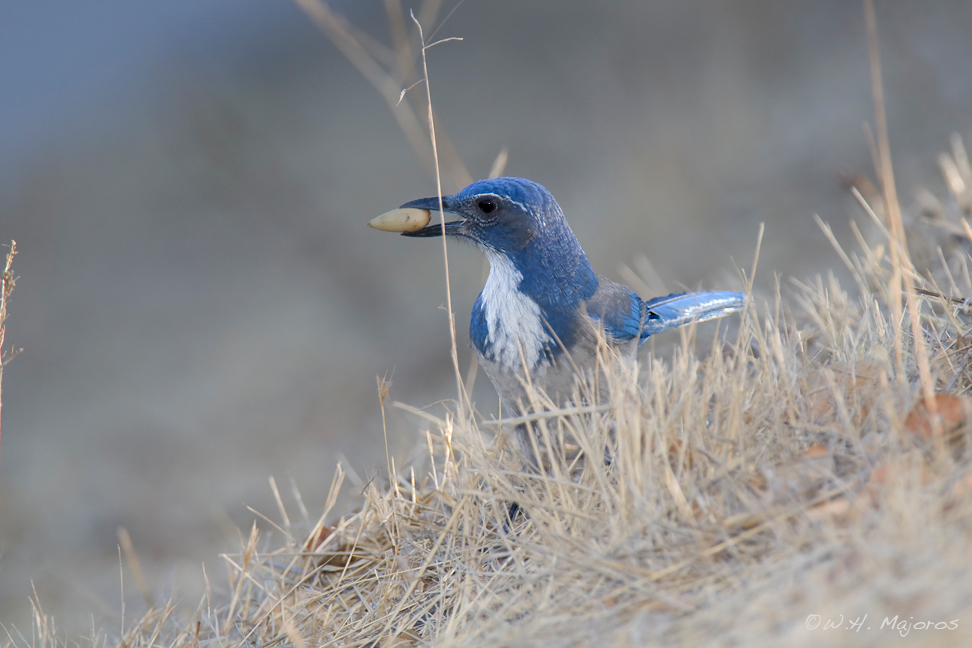 Western
Scrub Jay at Don Edwards NWR
Western
Scrub Jay at Don Edwards NWR
1/300 sec, 840mm, f/7.1, ISO 1000
There were many sparrows at this
site as
well (a ranger informed me that Lincoln’s sparrow can be seen
here). At the top of the hill I did see a western towhee, but
didn’t get a photo. I was told that the place was normally
excellent for hawks (including not only red tails, but also northern
goshawks), but
with no wind today they hadn’t shown up. In 1997 I spotted a
black-shouldered kite here. Not today.
October
14
Point Reyes / Route 37 pulloff
427 photos taken / 8 hours (53
photos per hour)
On the final day of my San Fran
Safari I decided to give Point
Reyes another chance—which really means that I wanted to spend some
more time with those cool quails that I met up there the other
day. On the way I stopped at a pull-off on route 37 (on
the way from Vallejo to Novato) where a large flock of stilts and
avocets had been present on Tuesday; they were there again today, and I
did
get some different angles and backgrounds from what I got at the Palo
Alto Baylands:
American Avocet
at the route 37 pull-off
1/1600 sec, 840mm, f/7.1, ISO 250
Getting good backgrounds
requires being flexible in the field—as well as being
opportunistic. At the route 37 site, in some cases I specifically
timed my shots to coincide with the passing of a colorful tractor
trailer on the adjacent highway; with the natural ripples in the water
these sometimes looked like reasonably natural background
reflections. For the photo above, however, the color came
entirely from the dry grasses growing at the edge of the pool. At
typical shooting angles, these only show up in the water when the birds
are foraging close to the edge of the pool. The trick is to get
them when they’re close enough to the edge to allow for nice
reflections, but far enough from the edge to allow the frame to include
only water. That’s not always easy.
For the photo below I was happy to get something other than sky
reflecting in the background, but was disappointed to see all of the
detritus floating on the surface. It’s possible that I might be
able to fix this at some point in Photoshop with a smoothing filter,
though some care would be needed to avoid obliterating the natural
ripples around the bird’s legs.
American
Avocet at the route 37 pull-off
1/1600 sec, 840mm, f/7.1, ISO 250
I only spent about twenty
minutes at this site before continuing on to Point Reyes. I
immediately went to Limantour, the site within Point Reyes where I’d
gotten the quail photos two days ago. Unfortunately, I didn’t
find any quails—not a single one. And that surprised me, because
they’d seemed so at-home foraging along the trail. After walking
the entire length of the trail several times I noticed that the grassy
areas off the trail were riddled with “micro-trails” that wound among the endless
bunches of tall grass, where the diminutive quails could probably
forage just as happily as along the wider human trail where I with my
bulky equipment was confined to roam. Maybe I just got lucky on
Tuesday when I found them on the wide hiking trail.
Out on the beach I found a few
marbled godwits and sanderlings, but none of them would let me approach
for a photo (and both are common back home anyway). Following a
tip from an elderly gentleman, I made
the half-hour-plus drive to the northern tip of the spit to look for
elk,
but didn’t find any. I returned to Limantour and again walked the
trail where I’d seen the quails, but to no avail. In the parking
lot I was consoled by some very cooperative white-crowned sparrows,
which I shot on my belly with the big 600mm lens:
White-crowned
Sparrow at Limantour
1/1600, 840mm, f/10, ISO 640
I called it quits at about
5:30 and started to head out of the park. On a whim I checked out
the park headquarters, where I’d seen quails on my 2006 visit. As
luck would have it, I found a quail sitting atop a bush about 15 feet
from a bench where a man was waiting for a bus. I frantically
parked my rental car, popped the trunk, and extricated my huge
lens. As soon as the bird saw the massive device it hopped down
to the sidewalk and began rapidly walking across the parking lot toward
a bush on the far side. I followed it with as much reserve as I
could muster. The bird stopped a few feet from a bush and waited
to see what I would do. As I lifted the camera to my face, two
park employees came around the far side of the bush and prompted the
bird to slip into the impenetrable maze of leaves and twigs. I
waited for some time, circled the bush twice, and then retreated to the
car to drive up and down the lot several times. At about 6pm I
gave up and started the long drive back to Dixon.
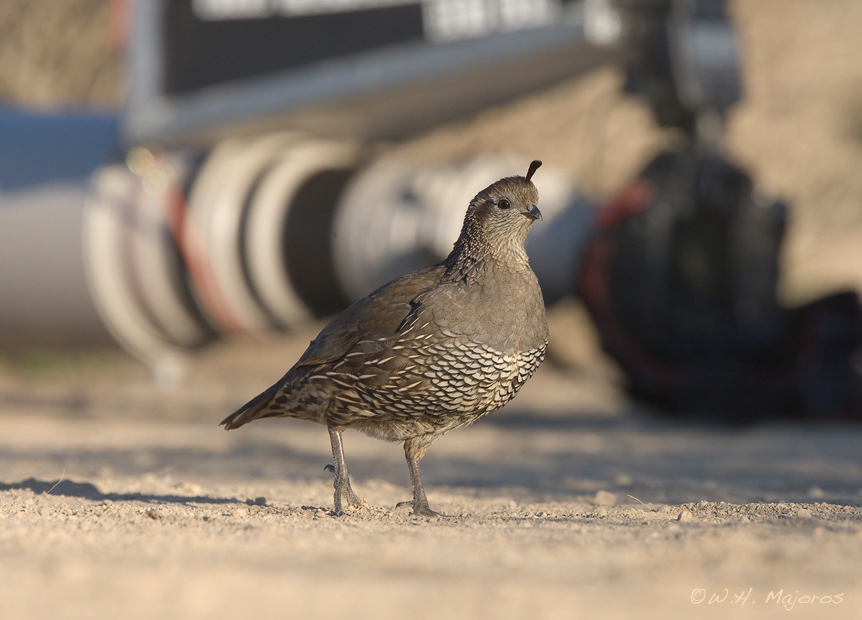 California
Quail at Limantour
California
Quail at Limantour
Notice the 600mm lens in the background!
I shot this on Tuesday with the 400mm lens
while lying on my belly. Once the birds had
gotten used to me, they showed little fear of
me or my enormous equipment.
| Many thanks to the
following California birders for help with identifying western species:
Alvaro Jaramillo, Bob Power, Jeri Langham, Dan Kopp, Jon Aull, Ed
Whisler, David Johnson, Doug Herr, John Sterling, Chuq Von Rospach, Tim
Manolis, and Susie Nishio. |
You can see many more
photos at:

See also my free,
900-page, online instructional manual:




